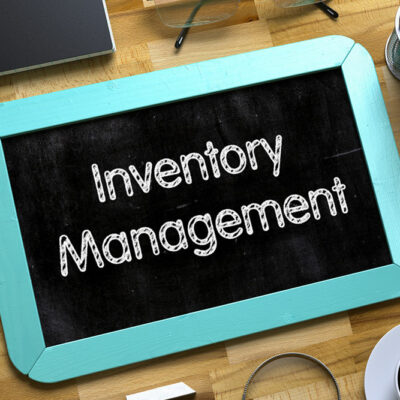
14 simple gardening tricks one should know
Tending to a garden is a task that rewards one with a sense of joy and contentment and keeps them connected to nature. However, to get the said reward, one must put in a lot of care and attention. Besides the hard work, a few simple tips and tricks can make the gardening experience more leisurely and fruitful. Here are 14 tips every gardener must learn to get a bountiful garden. Assessing the location properly To begin growing a garden, one must first study the location and the plot properly. The basic factors to assess about the location include the type of soil it has, the amount of sunlight it gets, and the kind of weather it experiences throughout the year. Different plants have different sunlight and soil requirements, so one must assess the sun exposure and soil quality in the selected garden area and then choose the plant varieties based on that information. Looking through the USDA hardiness zones After assessing the location, it is advisable to go through the USDA’s hardiness zone guide. This helps the gardeners understand their location better and choose plants best suited for their region’s climate. Referring to the guide before choosing plants will ensure that one does not invest in plants that cannot thrive in their area.
Read Article 









